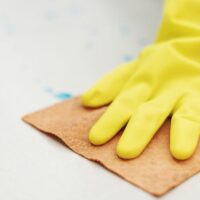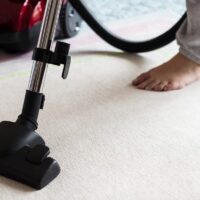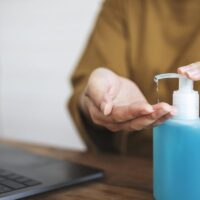 by Dana Ryan, Certified Clinically Clean® Specialist
by Dana Ryan, Certified Clinically Clean® Specialist
Soft surface sanitizing is one of the more commonly overlooked environmental cleaning issues in every industry, including healthcare.
Innovators are continually working to create solutions requiring less work for janitorial staff, while providing more protection against contamination and hospital-acquired infections. However, there has been relatively little done to establish standards or guidelines for soft surface sanitizing.
More Guidelines Needed
The importance of hard surface sanitization and disinfection are more clearly understood and there are established guidelines.
The Centers for Disease Control and Prevention (CDC) has published lengthy articles for hard surface infection prevention for healthcare and other industries. And yet recommendations by the CDC for soft surface sanitizing for carpet, rugs, curtains, etc. are limited to the following:
- Clean the surface using soap and wateror with cleaners appropriate for use on these surfaces.
- Launder items(if possible) according to the manufacturer’s instructions. Use the warmest appropriate water setting and dry items completely.
OR
- Disinfect with a household disinfectant on EPA List N: Disinfectants for Coronavirus (COVID-19) approved for use on porous surfaces.
- Vacuum as usual.
It is clear that there is much work to do to inform the public on best practices for soft surface sanitizing.
Germs On Hospital Curtains
In a private survey published by the American Journal of Infection Control, hospital infection preventionists were asked how often their facility’s privacy curtains were cleaned. Most respondents (37%) answered “when visibly soiled.” Additional answers ranged from “once per month” to “once per year.” Yet it’s estimated by the Association for Professionals in Infection Control and Epidemiology that it takes only two days for a standard privacy curtain to become infected.
New resources, like the Society for Healthcare Epidemiology of America’s guidance on Healthcare Personnel Attire in Non-Operating-Room Settings are helping to inform healthcare personnel on contamination of soft surfaces (white coats). But much additional research and identification of patterns of pathogen transmission will be helpful to the industry.
All soft surfaces have the potential to be infected with germs: cotton, canvas, polyester, nylon, carpet, drapes and curtains, upholstered chairs, sofas, mattresses, pillows, etc. Pathogens on soft surfaces can survive for long periods of time and can be transferred to the hands or items worn by those who touch the contaminated surfaces.
Pathogen Lives On Soft Surface
Influenza Virus Several hours
MRSA 2 to 3 months
VRE 2 to 3 months
Pseudomonas aeruginosa Several months
Candida albicans Up to 4 months
Reduce Risk Through Soft Surface Sanitization
Regularly performing soft surface sanitization can minimize the risk for transferring pathogens, but will not eliminate the potential for infection.
It is important to understand that there are differences between cleaning, sanitizing, and disinfecting. As we have reported previously in DisinfecTips.com, hard, nonporous surfaces can be disinfected when used according to the disinfectant’s label.
Cleaning refers to the physical removal of visible soil and organic filth by washing or wiping with a detergent. Cleaning should be performed prior to any sanitization or disinfection process.
Sanitizers reduce the level of bacteria on a surface to render the surface “safe,” but do not necessarily eliminate all bacteria. For more information the CDC publishes these guidelines.
There is a U.S. Environmental Protection Agency (EPA) claim specific for products approved for soft surface sanitizing.
- The product must achieve a 99.9% reduction efficacy on cotton and polyester soft surfaces using test organisms to include aureus, Enterobacter aerogenes or Klebsiella pneumoniae.
- Products with a soft surface sanitizing claim do not provide a claim for efficacy against viruses, fungi, mycobacteria, or bacterial spores.
- Sanitizing does not achieve the same kill level as a disinfection claim.
All EPA-registered disinfectants can sanitize, however, not all sanitizers are capable of disinfecting. Some multipurpose EPA-registered products can be used on both hard and soft surfaces.
To select a product for use on a soft surface, the product must be used according to the manufacturer’s “Directions For Use.” Relevant kill claims and approved uses will be included on the label including concentration and contact time. Contact time is the amount of time that the item or surface is to be kept “wet” with the disinfectant. In order for the cleaning product to work as claimed, it needs to stay wet on the surface long enough to kill the bacteria or virus. Once the surface dries, the disinfectant has no more germ-killing power. You may need to reapply the product if the surface dries before the recommended kill time.
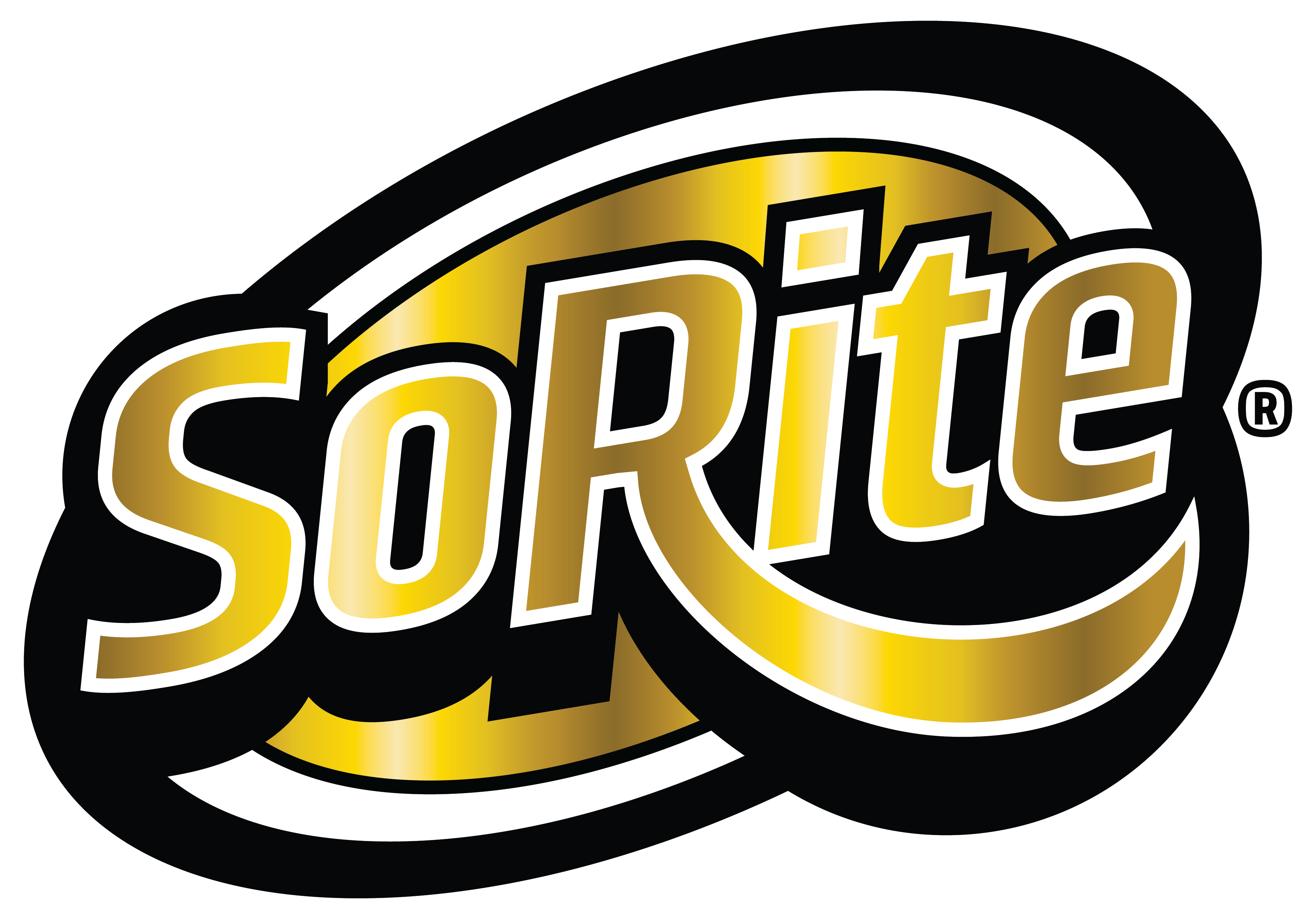
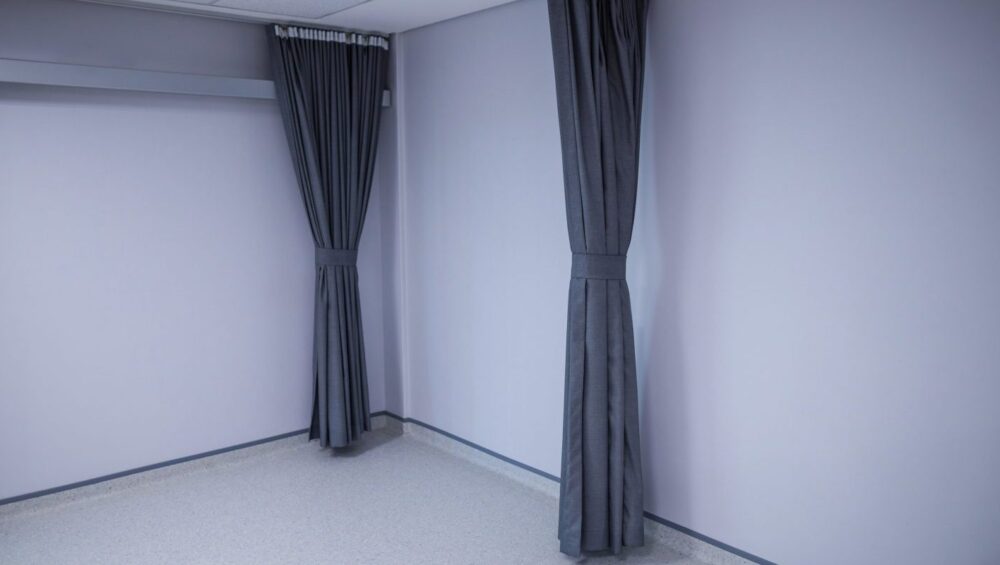

 by Autumn Ryan, Founder & CEO of Aseptic Health
by Autumn Ryan, Founder & CEO of Aseptic Health
 by Andrea Velasquez, Certified Clinically Clean® Specialist
by Andrea Velasquez, Certified Clinically Clean® Specialist